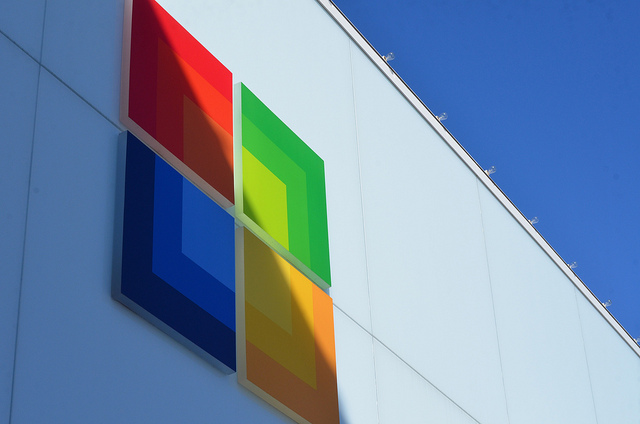 CLOUD
CLOUD
 CLOUD
CLOUD
 CLOUD
CLOUD
Microsoft Corp. made its Azure-based Windows Virtual Desktop service generally available globally today, delivering on a promise it first made in December.
WVD allows enterprises to give their employees access to virtualized applications and remote desktops anywhere, anytime. The service is designed to support Windows 10 with optimizations for Office 365. In addition, the service supports Window Remote Desktop Services and surprisingly Windows 7 applications.
The technology works by splitting off a machine’s hardware resources into high-level, abstracted environments that can run different workloads in parallel with one another, using containers to accomplish the task with less overhead.
“VDI (virtual desktop infrastructure) is one of the top ten workloads on-premises,” Brad Anderson, corporate vice president for Microsoft 365, told ZDNet. “Companies want to move this to the cloud. And WVD is really the only way to run real Windows 10 clients, multiuser, in the public cloud.”
Cloud is the key to the new offering. Microsoft is making WVD available both directly and through its Cloud Service Providers, vendors that sell Microsoft services, as well as key partners such as Citrix Systems Inc. and VMware Inc.
The majority of the underlying tech used in WVD came from one source: FSLogix Inc., a company acquired by Microsoft in November. It provided software for VDI that enables companies to set up workspaces based on Windows 10 or another operating system in a centralized location and stream them to employees’ physical devices.
In addition to the headline offering, WVD also offers a technology called “AV Redirection” that will be built directly into Microsoft Teams. According to Redmondmag, AV Redirection offers a higher-fidelity audio and video experience in unified communications scenarios with an eye to lessening latency. AV Redirection reduces the encoding and decoding processes associated with unified communications in VDI environments.
Virtualization is far from new, but the difference here is that the WVD service is being offered by Microsoft itself. Although the days of dumb terminals running virtualized desktops from a central server are unlikely to return, WVD does provide enterprises the ability to offer employees services without the need to natively install them on individual machines. In theory, that reduces service costs since there’s no need to install specific applications on individual machines.
THANK YOU